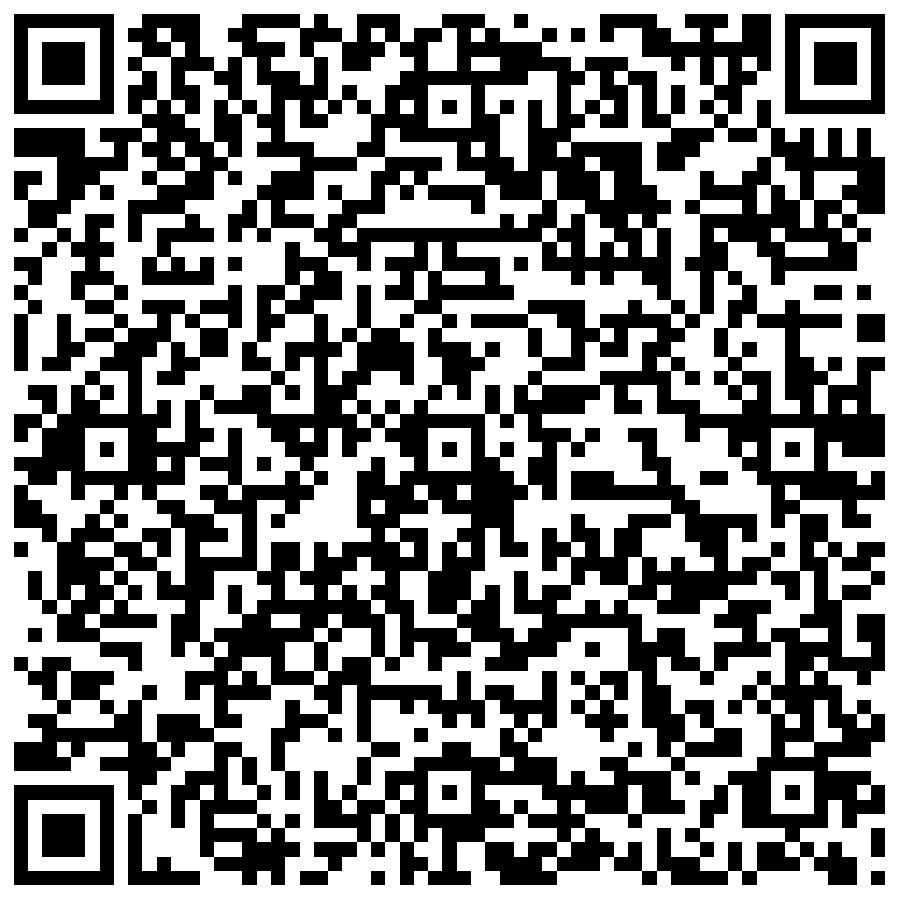Analisis Perilaku Penerimaan EDMODO pada Perkuliahan Dengan Model UTAUT
(1) STIKOM Dinamika Bangsa
(2) STIKOM Dinamika Bangsa
(*) Corresponding Author
Abstrak
Kata Kunci
Teks Lengkap:
PDFReferensi
R. C. Clark and R. E. Mayer, “E-learning and the Science of Instruction : Proven Guidelines for Consumers and Designers of Multimedia Learning,” 2011.
P.-C. Sun, R. J. Tsai, G. Finger, Y.-Y. Chen, and D. Yeh, “What drives a successful e-Learning? An empirical investigation of the critical factors influencing learner satisfaction,” Comput. Educ., vol. 50, no. 4, pp. 1183–1202, 2008.
C. Kongchan, “How a Non-Digital-Native Teacher Makes Use of Edmodo,” 2008.
B. K. Gushiken, “Integrating Edmodo into a High School Service Club : To Promote Interactive Online Communication,” pp. 1–6, 2013.
A. Saekow and D. Samson, “E-learning Readiness of Thailand ’ s Universities Comparing to the USA ’ s Cases,” Int. J. e-Education,
e-Business, e-Management e-Learning, vol. 1, no. 2, pp. 126–131, 2011.
T. Eslaminejad, M. Masood, and N. A. Ngah, “Assessment of instructors’ readiness for implementing e-learning in continuing medical education in Iran.,” Med. Teach., vol. 32, no. 10, pp. e407–e412, 2010.
K. Balasubramanian, V. Jaykumar, and L. Nitin, “A study on ‘ Student preference towards the use of Edmodo as a learning platform to create responsible learning environment ,’” Procedia - Soc. Behav. Sci., vol. 144, pp. 416–422, 2014.
M. A. S. Enriquez, “Students ’ Perceptions on the Effectiveness of the Use of Edmodo as a Supplementary Tool for Learning,” pp. 6–11, 2014.
M. I. Aguirre-urreta and G. M. Marakas, “I S I T R EALLY G ENDER ? A N E MPIRICAL I NVESTIGATION INTO G ENDER,” vol. 6, no. November, pp. 155–190, 2010.
V. Venkatesh, M. G. Moris, G. Davis, and F. D. Davis, “‘ User Acceptance of Information Technology : Toward A Unified View ,’” no. October, 2003.
V. Venkatesh, J. Y. L. Thong, and X. Xu, “Consumer Acceptance and Use of Information Technology : Extending the Unified Theory,” MIS Q., vol. 36, no. 1, pp. 157–178, 2012.
E. R. Buhi, P. Goodson, and T. B. Neilands, “Structural Equation Modeling : A Primer for Health Behavior Researchers Objective : To introduce the state,” pp. 74–85, 2007.
M. Douglas, “Applying structural equation modeling to Canadian Chiropractic Examining Board measures,” 2006.
D. Hooper, J. Mullen, D. Hooper, J. Coughlan, and M. R. Mullen, “" Structural Equation Modelling: Guidelines for Determining Model Fit Structural Equation Modelling: Guidelines for Determining Model Fit,” Electron. J. Bus. Res. Methods, vol. 6, no. 1, pp. 53–60, 2008.
P. Juinn and B. Tan, “Students ’ Adoptions and Attitudes towards Electronic Placement Tests : A UTAUT Analysis,” Am. J. Comput. Technol. Appl., vol. 1, no. 1, pp. 14–23, 2013.
M. Dečman, “Modeling the acceptance of e-learning in mandatory environments of higher education: The influence of previous education and gender,” Comput. Human Behav., vol. 49, pp. 272–281, 2015.
U. P. T. Maldonado, G. F. Khan, J. Moon, and J. J. Rho, “E-learning motivation and educational portal acceptance in developing countries,” Online Inf. Rev., vol. 35, no. 1, pp. 66–85, 2011.
F. W. Singeh, A. Abrizah, and N. H. A. Karim, “Malaysian authors’ acceptance to self-archive in institutional repositories towards a unified view,” Electron. Libr., vol. 31, no. 2, pp. 188–207, 2013.
P. C. Lin, H. K. Lu, and S. C. Liu, “Towards an education behavioral intention model for e-learning systems: An extension of UTAUT,” J. Theor. Appl. Inf. Technol., vol. 47, no. 3, pp. 1200–1207, 2013.
B. Pardamean and M. Susanto, “Assessing User Acceptance toward Blog Technology Using the UTAUT Model,” Int. J. Math. Comput. Simul., vol. 6, no. 1, pp. 203–212, 2012.
A. Latif, A. Rahman, A. Jamaludin, and Z. Mahmud, “Intention-to-Use-Digital-Library-based-on-Modified-UTAUT-Model-Perspectives-of-Malaysian-Postgraduate-Students,” vol. 5, no. 3, pp. 51–57, 2011.
C.-S. Yu, “Factors Affecting Individuals to Adopt Mobile Banking: Empirical Evidence from the UTAUT Model,” J. Electron. Commer. Res., vol. 13, pp. 104–121, 2012.
N. Urbach and F. Ahlemann, “Structural Equation Modeling in Information Systems Research Using Partial Least Squares,” J. Inf. Technol. Theory …, vol. 11, no. 2, 2010.
L. J. Cronbach, “Coefficient Alpha and The Internal Structure of Tests,” Psychometrika, vol. 16, no. 3, pp. 297–334, 1951.
T. Alrawashdeh, M. I. Muhairat, and S. M. Alqatawnah, “Factors affecting acceptance of web-based training system: using extended UTAUT and structural equation modeling.,” J. Comput., 2012.
J. A. Castañeda, D. M. Frías, and M. a. Rodríguez, “Antecedents of internet acceptance and use as an information source by tourists,” Online Inf. Rev., vol. 33, pp. 548–567, 2009.
Q. Min, S. Ji, and G. Qu, “Mobile Commerce User Acceptance Study in China: A Revised UTAUT Model,” Tsinghua Sci. Technol., vol. 13, no. 3, pp. 257–264, 2008.
V. Venkatesh and X. Zhang, “Unified theory of acceptance and use of technology: US vs. China,” J. Glob. Inf. Technol. Manag., vol. 13, no. 1, pp. 5–27, 2010.
W. W. Chin, “The Partial Least Squares approach to Structural.” 1998.
C.-L. Hsu and J. C.-C. Lin, “Acceptance of blog usage: The roles of technology acceptance, social influence and knowledge sharing motivation,” Inf. Manag., vol. 45, no. 1, pp. 65–74, 2008.
Artikel Statistik
PDF telah dilihat : 2052 kali
Refbacks
- Saat ini tidak ada refbacks.

This work is licensed under a Creative Commons Attribution-ShareAlike 4.0 International License.
 | Alamat Redaksi : Departemen Sistem Informasi, Fakultas Teknologi Informasi Universitas Andalas Kampus Limau Manis, Padang 25163, Sumatera Barat email: teknosi@fti.unand.ac.id |
Jumlah Pengunjung :

This work by JSI-Unand and licensed under a CC BY-SA 4.0 International License.















